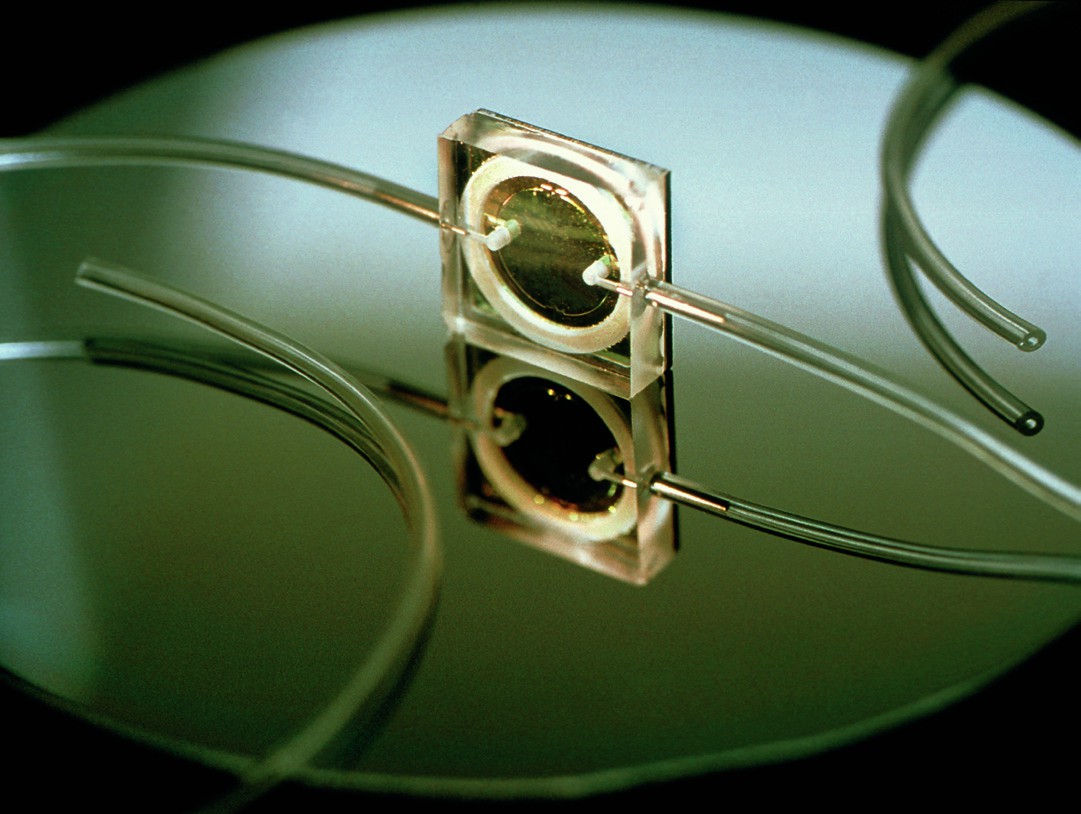
A new ‘smart scalpel’ (Figure 1), which draws biological fluid into a tiny biocavity laser can be used to tell surgeons whether they are cutting through cancerous or healthy tissue (Figure 2). This is particularly valuable in delicate brain surgery, when the surgeon needs to remove the whole of a cancer tumour without causing unnecessary damage to healthy tissue.
In a laser, excited atoms or molecules emit electromagnetic radiation, which is reflected back and forth between mirrors in a cavity. This radiation stimulates the emission of more radiation of the same frequency and phase, some of which emerges from the cavity as an intense beam. Only frequencies that resonate within the cavity build up to a large amplitude:
Your organisation does not have access to this article.
Sign up today to give your students the edge they need to achieve their best grades with subject expertise
Subscribe
